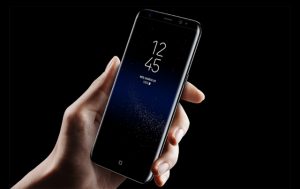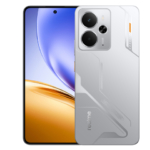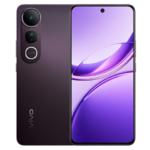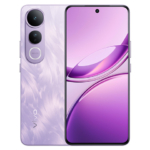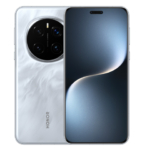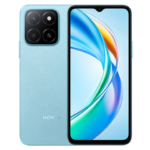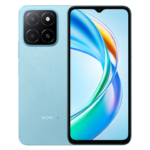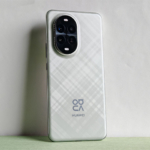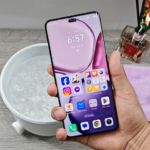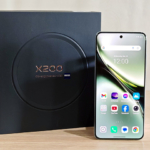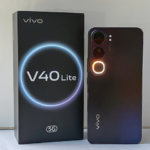After countless leaks and rumors, Samsung finally unveils their 2017 flagship smartphones – the Samsung Galaxy S8 and S8+. Let’s focus on the S8 first.
Design and Display
The Samsung Galaxy S8 has a 5.8-inch Super AMOLED display with dual curved edges. It’s taller than most smartphones since it has an aspect ratio of 18.5:9 and a resolution of 1440 x 2960 pixels.
It has no physical home button that has been the company’s trademark for several years. Instead, it has been replaced by a pressure sensitive and always on on-screen button.
A layer of Corning Gorilla Glass 5 covers both the front and back panels of the device while the frame is made up of aluminum. It’s also water and dust resistant with IP68 certifications.
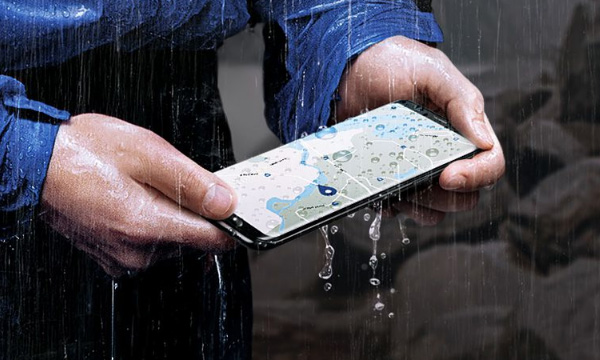
The Samsung Galaxy S8 can be used in the rain.
Performance and Storage
Depending on the country, the Samsung Galaxy S8 can be powered by the Snapdragon 835 chipset from Qualcomm or Samsung’s own Exynos 8895 chipset. Both have octa core CPUs.
It has 4GB of RAM, 64GB of built-in storage and a microSD card slot for up to 256GB memory cards. UFS cards are supported too.
Software and OS

Samsung DeX in action.
The Samsung Galaxy S8 comes with Android 7.0 Nougat as its operating system with the Samsung Grace UX skin.
A dedicated button on the side of the phone opens Bixby, Samsung’s AI digital assistant. It competes with the Google Assistant in Google Home and Amazon’s Alexa in function. The company envisions Bixby to be the center of its IoT products.
The device can also operate like a desktop computer when connected to an external display via the Samsung DeX dock. This is similar to the continuum of Windows 10 and that of Ubuntu.
Photography
For photography, the Samsung Galaxy S8 has a 12 Megapixel dual-pixel main camera. Meanwhile, an 8 Megapixel selfie camera resides on the front.
The camera app comes with a built-in software technique called Multi-frame processing. This involves shooting several frames of a scene in different exposures to improve image quality.
Connectivity, Battery and Sensors
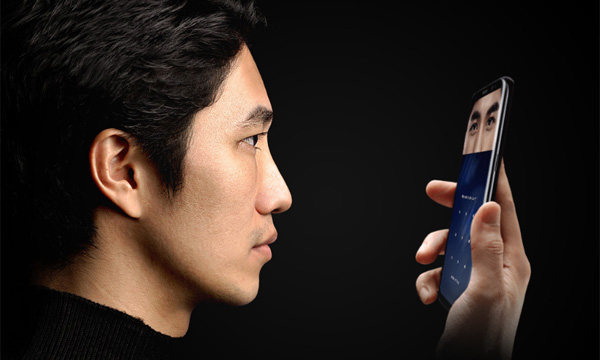
Iris authentication of the Samsung Galaxy S8.
The Samsung Galaxy S8 is the first smartphone to feature gigabit LTE. It also supports dual band Wi-Fi, NFC and all the usual wireless connectivity technologies.
It has an iris scanner for additional layer of security, fingerprint sensor, barometer, heart rate sensor and a gyroscope.
A 3000mAh battery powers the device. This can be wirelessly re-charged or plugged in. Both methods complete the task quickly.
Price and Availability
The international price of the Samsung Galaxy S8 starts at $750. Meanwhile, it’s official price in the Philippines is ₱39,990.00.
Each purchase of the device comes with a free AKG earphones while accessories like wireless chargers, a keyboard cover, clear view cover with stand, and others are sold separately.
A local launch event here in the Philippines is scheduled on April 20, 2017. Availability should be after that.
Samsung Galaxy S8 specs:
- 5.8-inch QHD+ Super AMOLED Display (1440 x 2960 Pixels), 568 ppi
- Android 7.0 Nougat Operating System
- Samsung Exynos 8895 Chipset
- 4 GB of RAM
- 12.0 Megapixel Rear Camera with Dual-tone LED Flash
- 8.0 Megapixel Front Camera
- Dual SIM (Nano-SIM)
- 64GB Internal Storage
- Expandable Up to 256 via microSD
- 4G LTE (700MHz), 3G HSPA+, 2G EDGE & GPRS Networks
- Wi-Fi 802.11 b/g/n/ac (Dual Band)
- Bluetooth 5.0
- USB Type-C
- 3.5mm Audio Jack
- Fingerprint Sensor
- 3000mAh Battery
- Fast Wired and Wireless Charging
- 148.9 x 68.1 x 8 mm @ 151 g
- ₱39,990.00 Official Price in the Philippines
- Buy the Samsung Galaxy S8 on Lazada or Shopee.
